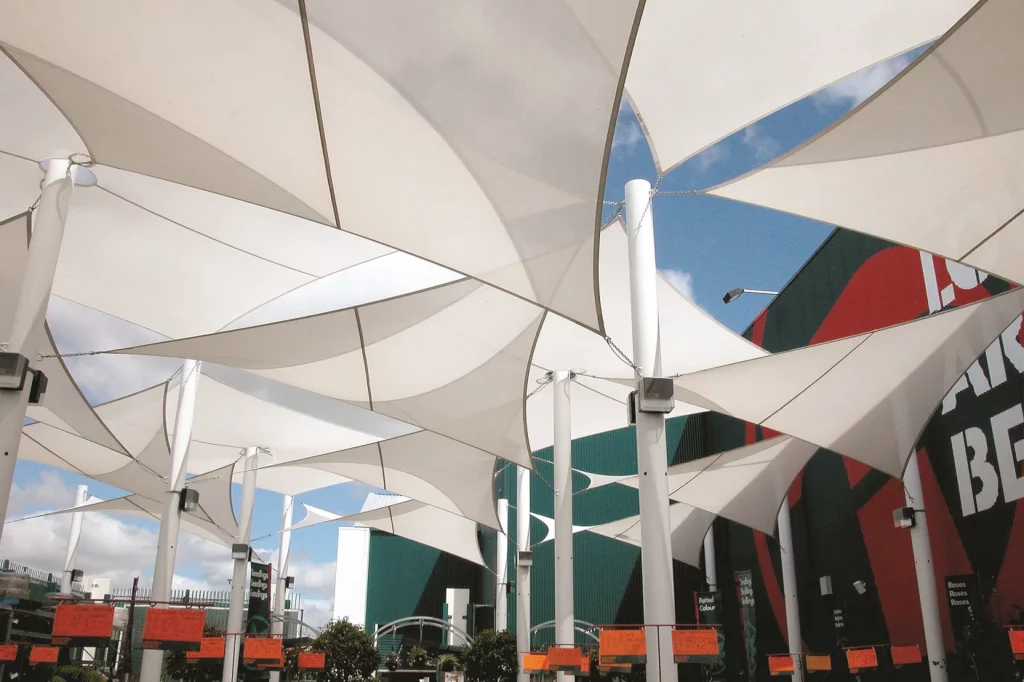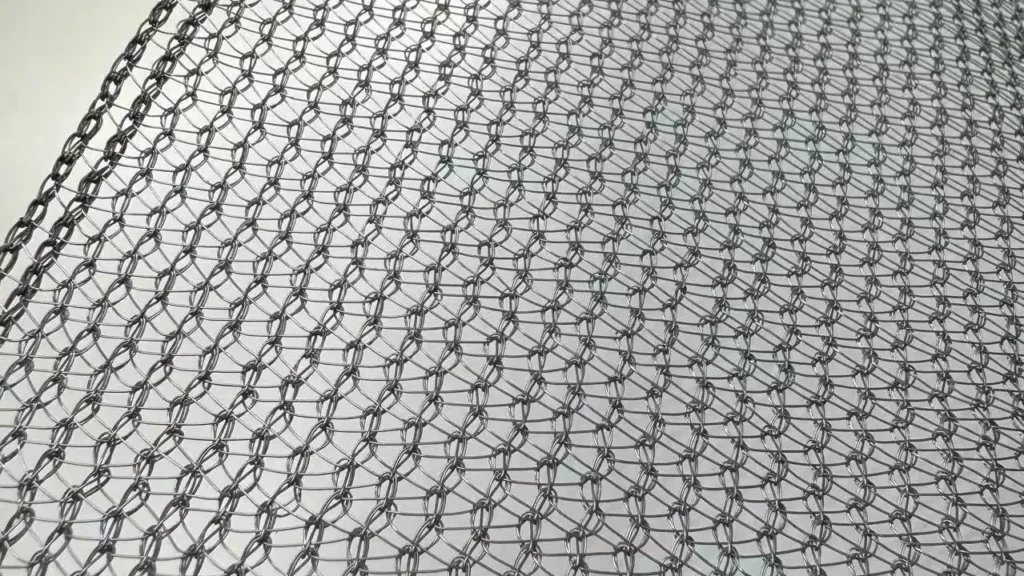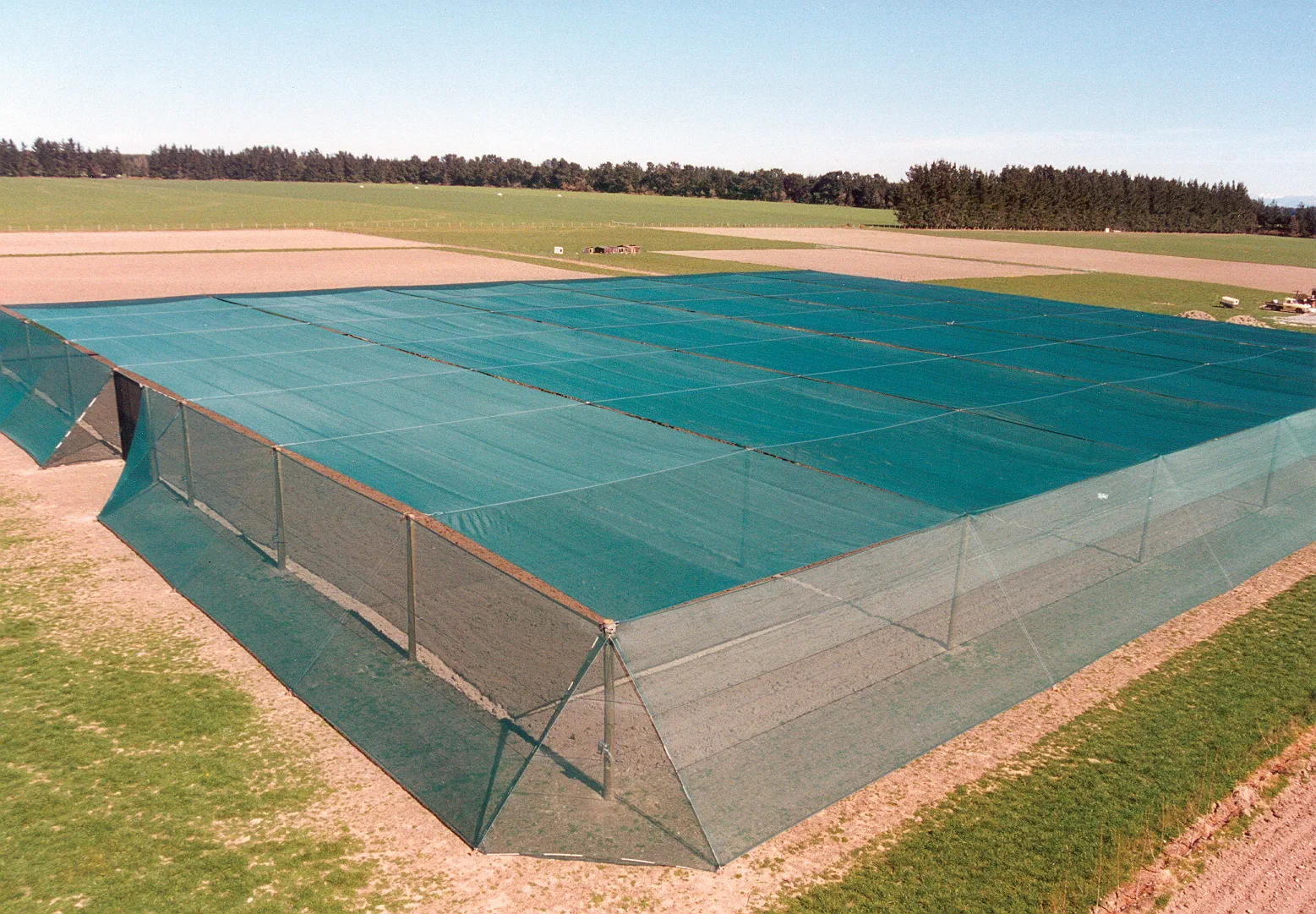Choosing the Right Scaffold Shade Cloth for Sun Protection
As construction and renovation projects continue to thrive, ensuring the safety and comfort of workers on-site becomes increasingly vital. One crucial aspect of worker protection is the use of scaffold shade cloth. This article will delve into the significance of scaffold shade cloth for sun protection, guiding you through the types, factors to consider when choosing, installation tips, and legal standards.
Understanding the Importance of Scaffold Shade Cloth
Scaffold shade cloth serves as a protective barrier against the sun’s harmful rays, ensuring that workers remain safe and comfortable while they carry out their tasks. But it’s not just about comfort; the right shade cloth can drastically reduce the risk of heat-related illnesses.
When installed properly, scaffold shade cloth protects both the workers and the materials on-site. It minimizes sun exposure, helping to maintain a safe working environment regardless of the weather conditions. Furthermore, it can extend the life of building materials, which may deteriorate under prolonged sun exposure. This is particularly crucial for materials like wood, which can warp and crack, or paint, which can fade and peel, leading to increased costs and delays in project timelines.
The Role of Scaffold Shade Cloth in Sun Protection
Scaffold shade cloth acts as a barrier, reflecting and absorbing UV radiation. This is particularly important during the hottest months when the intensity of sunlight can lead to serious health issues, including heat exhaustion and skin cancer.
By using high-quality scaffold shade cloth, you can create a comfortable, cooler workspace that enhances productivity and reduces the risk of workplace accidents due to heat stress. Workers are more focused and efficient when not battling the elements, leading to quicker project completions. Moreover, the availability of shade can also encourage workers to take necessary breaks without the fear of overheating, which is essential for maintaining high morale and job satisfaction on-site.
Health and Safety Benefits of Using Scaffold Shade Cloth
The health benefits of using scaffold shade cloth extend beyond immediate sun exposure. Long-term exposure to UV rays can lead to chronic health problems. By preventing these exposures, businesses can reduce potential liabilities surrounding workplace injuries.
Additionally, scaffold shade cloth contributes to overall site safety. Heat-related illnesses can impair judgment, reducing a worker’s ability to focus and respond to hazards appropriately. With shade cloth in place, workers are less likely to suffer from these distractions, leading to safer construction practices. Furthermore, the use of shade cloth can also promote a culture of safety on the job site, signaling to workers that their well-being is a priority. This can foster a sense of community and responsibility among team members, encouraging them to look out for one another and adhere to safety protocols more diligently.

Different Types of Scaffold Shade Cloth
When selecting scaffold shade cloth, it is essential to understand the various materials available and their properties. Each type offers unique advantages, depending on the specific needs of your project.
From lightweight meshes to heavy-duty fabrics, the options for scaffold shade cloth are vast. The variety allows you to tailor your choice based on factors like climate, project duration, and desired level of sun blockage. Additionally, the aesthetic appeal of the shade cloth can also play a role in your selection, as some projects may require a more visually appealing solution to maintain a professional appearance. Read more about climate at https://science.nasa.gov/climate-change/what-is-climate-change/
Material Varieties and Their Properties
Common materials used for scaffold shade cloth include polypropylene, polyethylene, and shade netting. Polypropylene is durable and resistant to rot and mildew, making it an excellent choice for longer projects. Its resilience against harsh weather conditions ensures that it can withstand the elements without deteriorating quickly.
Polyethylene is lightweight and easy to install, providing adequate shade while being cost-effective. On the other hand, shade netting is designed to allow some airflow, reducing wind load on the scaffold structure. Each material differs in terms of UV protection, longevity, and cost considerations. For instance, while polyethylene may be more affordable, it might not offer the same level of UV resistance as polypropylene, which could be a crucial factor for projects exposed to intense sunlight over extended periods.
Size and Shape Options for Scaffold Shade Cloth
Scaffold shade cloth is available in various sizes and shapes to fit different scaffold configurations. Whether your scaffolding is standard or customized, you’ll find options that cater to your needs. The ability to choose from various shapes, such as rectangular or square panels, allows for greater flexibility in installation and can help maximize coverage.
Measuring the scaffold dimensions accurately ensures that the shade cloth fits correctly. An ill-fitting cloth can lead to exposure and defeat its purpose. Therefore, consider both height and width when choosing your shade solution. Furthermore, it is advisable to account for any potential alterations in the scaffold structure during the project, as adjustments may require additional fabric or different configurations to maintain optimal coverage throughout the construction process. This foresight can save time and resources, ensuring that the project runs smoothly without unexpected delays caused by inadequate shading solutions.
Factors to Consider When Choosing Scaffold Shade Cloth
Choosing the right scaffold shade cloth involves assessing several critical factors. Making informed decisions will improve safety, efficiency, and cost management on the project.
Assessing the Sun Exposure and Climate
A thorough assessment of sun exposure is essential in selecting the appropriate scaffold shade cloth. If your project is located in a region with intense sunlight year-round, you might require a heavier shade cloth that offers higher UV protection.
Conversely, if the project has predictable weather patterns with limited sun exposure, lighter options might suffice. Knowing your climate conditions helps in making a suitable choice that meets the demands of your work environment. Additionally, consider seasonal variations; for example, in areas with harsh winters, a shade cloth that can withstand snow accumulation might be necessary, while in tropical climates, moisture resistance could be a priority.
Considering the Scaffold Structure and Size
The scaffold’s structure and dimensions will significantly influence the type of shade cloth you can install. For larger or more complex scaffolding systems, a custom solution may be necessary to ensure adequate coverage.
Additionally, understanding how the scaffold is assembled will aid in selecting the right fastening techniques and shade cloth designs. Proper compatibility is crucial for maintaining the integrity and security of the shading solution. Furthermore, consider the potential for wind exposure; in windy conditions, a shade cloth that can withstand high gusts without tearing or dislodging is vital. This may involve choosing a cloth with reinforced edges or additional anchoring points to secure it effectively. Click here to find more about compatibility.
Evaluating Durability and Maintenance Needs
Durability is another central aspect. Evaluating the cloth’s resistance to tearing, fading, and wear ensures it remains effective throughout the project duration. Some materials require more maintenance than others; for instance, regularly cleaning and inspecting polypropylene may be necessary to stave off degradation.
On the other hand, durable options might warrant less frequent replacements, providing long-term cost savings. Always consider your project timelines and associated budgets when making these evaluations. Additionally, think about the environmental impact of the materials used; opting for eco-friendly fabrics not only contributes to sustainability but can also enhance the project’s public image. Understanding the lifecycle of the shade cloth, from production to disposal, can help in making a responsible choice that aligns with both budgetary constraints and environmental considerations.
Installation Tips for Scaffold Shade Cloth
Installing scaffold shade cloth requires careful planning and execution. Proper installation protects workers and materials and extends the longevity of the cloth itself.
Ensuring that the cloth is securely attached prevents mallows or potential accidents caused by loose materials flapping in the wind. Additionally, the right installation can significantly enhance the overall working environment, providing much-needed relief from harsh sunlight and reducing heat stress for workers on site.
Proper Attachment and Securing Techniques
When attaching scaffold shade cloth, utilize appropriate fastening methods that suit the material you choose. Clips, zip ties, or hooks can effectively secure the cloth to the scaffold framework.
Ensure the cloth is pulled taut without overstretching it to avoid damage. Additionally, check for sagging areas where water could pool, increasing the risk of tearing. Proper technique not only enhances aesthetics but also boosts the functionality of the shade cloth. Consider using a combination of fastening methods for added security, especially in windy conditions. For instance, employing both clips and zip ties can provide a more robust solution that withstands the elements, ensuring the cloth remains in place throughout the duration of the project.

Regular Inspection and Replacement Guidelines
Routine inspections are essential to maintain the effectiveness of your scaffold shade cloth. Inspect for signs of wear, such as fading, fraying edges, or structural damage.
Establish a schedule for evaluations and promptly replace any damaged sections to ensure continuous protection. Regular maintenance minimizes the risk of sudden failures that could compromise worker safety. Additionally, consider the environmental factors that may affect the durability of the cloth, such as exposure to UV rays, heavy rain, or strong winds. By being proactive in your maintenance approach, you not only safeguard the investment in your shade cloth but also contribute to a safer and more comfortable work environment for all personnel involved. Keeping a log of inspections and repairs can also help track the lifespan of the cloth and inform future purchasing decisions, ensuring that you always have the best materials for your projects.
Legal and Industry Standards for Scaffold Shade Cloth
Using scaffold shade cloth is not just about comfort and productivity; it also involves adhering to legal and industry standards. Compliance ensures safety on the worksite and can protect businesses from liability.
Understanding the legal obligations related to scaffold shade cloth will provide peace of mind by ensuring that your project bypasses potential legal hurdles.
Compliance with Occupational Safety Regulations
Occupational safety regulations often mandate the use of protective measures, including shade cloth, in certain conditions. Familiarize yourself with the guidelines set forth by regulations such as the Occupational Safety and Health Administration (OSHA).
Noncompliance can lead to hefty fines and pose unnecessary risks to employee safety. Thus, ensuring that your scaffold shade cloth meets these regulatory requirements is integral to project management.
Adherence to Industry Quality Standards
In addition to legal requirements, adhering to industry quality standards fortifies the safeguarding of workers. Implementing standards ensures that the materials meet certain benchmarks in terms of durability and performance.
Investing in high-quality scaffold shade cloth not only meets legal obligations but also reflects a commitment to the safety and welfare of your workforce. It showcases the importance of prioritizing health and safety on construction sites.
In conclusion, selecting the appropriate scaffold shade cloth is a multifaceted process that encompasses understanding its importance, knowing the types available, and evaluating numerous factors. Through careful consideration and adherence to best practices, you can enhance worker safety and project efficiency, ultimately driving successful project completion.
Other resources: Site Mesh Solutions Enhancing Security and Privacy on Construction Sites


